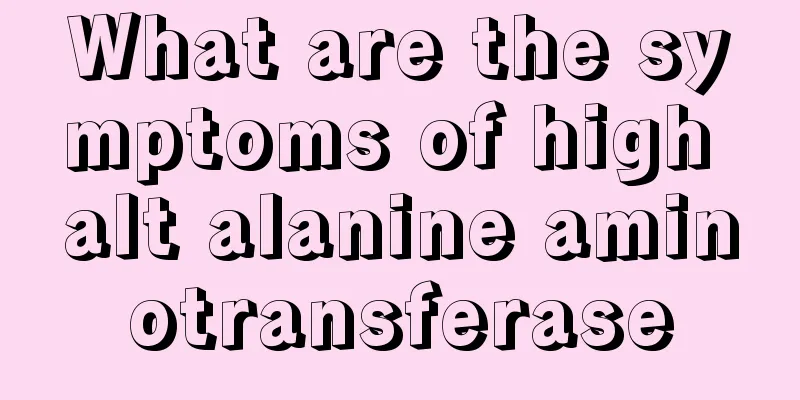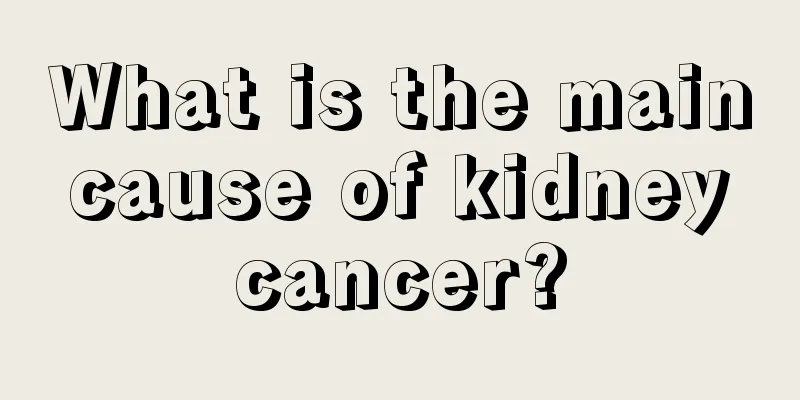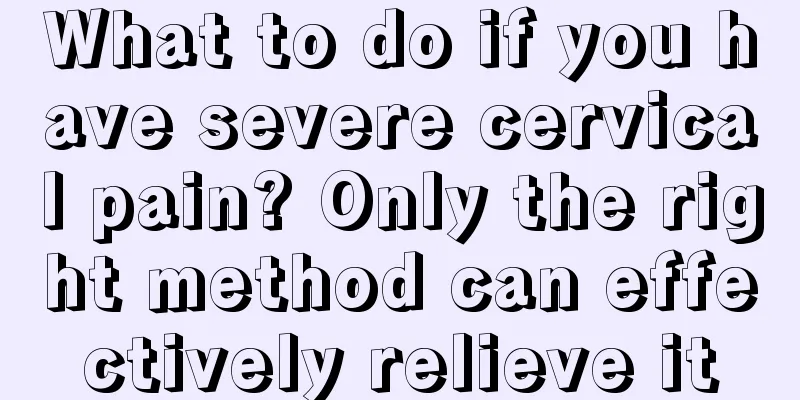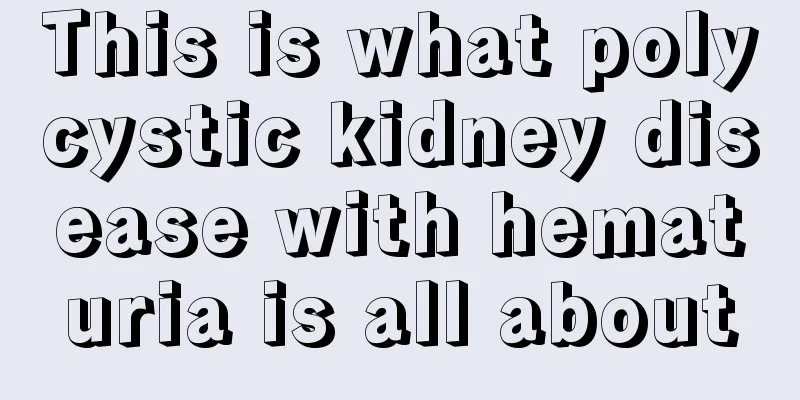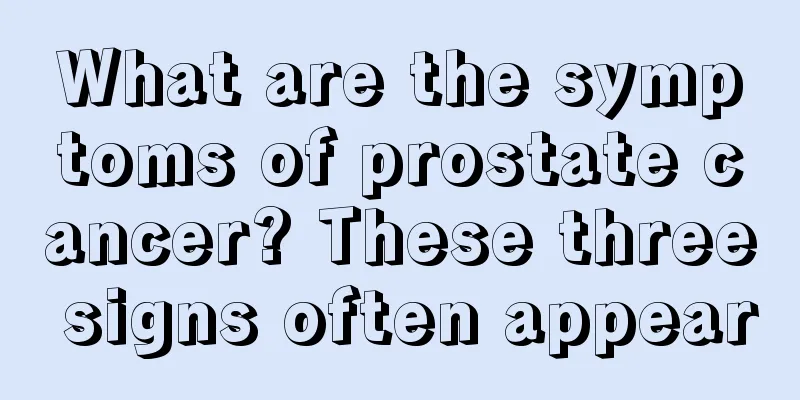What causes pain behind the heel

|
Every organ in the body is very important and the absence of any of them will have an impact on people, just like you cannot work without your hands and you cannot walk without your feet. Some people have an abnormal posture when walking. After learning about it, I found out that it is because they feel pain in the heel while walking. What causes pain behind the heel? Below are the causes of pain behind the heel. Let’s learn about it. 1. What causes heel pain? Unexplained heel pain is mostly caused by disease, so we must pay great attention to it in our lives. Only in this way can we protect our health. Pain on one or both sides of the heel, no redness or swelling, and difficulty walking. Also known as heel pain. It is a disease caused by lesions in the bones, joints, bursae, fascia, etc. of the heel. The most common is plantar fasciitis, which often occurs in people who stand or walk for long periods of time. It is caused by long-term, chronic minor injuries and is manifested by the rupture and repair process of the plantar fascia fibers, bone hyperplasia and tenderness at the fascia attachment on the inner side of the calcaneus, and lateral X-rays showing calcaneal spurs. However, bone spurs do not necessarily cause heel pain, and plantar fasciitis does not necessarily cause bone spurs. According to traditional Chinese medicine, heel pain is mostly caused by liver and kidney yin deficiency, phlegm and dampness, and blood heat. The liver governs the tendons and the kidneys govern the bones. Deficiency of the liver and kidneys will lead to malnutrition of the tendons and bones. Sudden exposure to wind, cold, dampness or chronic strain will lead to stagnation of the meridians, obstruction of the circulation of qi and blood, malnutrition of the tendons, bones and muscles, and thus illness. 1. Plantar fasciitis The cause of long-term heel pain is the accumulation of long-term, chronic, and minor trauma, which leads to lesions. It is caused by bone hyperplasia under the heel bone during the process of broken fascia fibers repairing. The latter is often considered to be the cause of heel pain, but clinical studies have shown that it is difficult to confirm the causal relationship between it and heel pain. Plantar fasciitis is not necessarily accompanied by bone spurs, and people with heel spurs do not necessarily have heel pain. Heel pain caused by plantar fasciitis can be cured naturally. Raising the heels, reducing the pull of the Achilles tendon on the calcaneus, plantar flexion of the forefoot, and relieving the tension of the plantar fascia can all alleviate the symptoms. Drug injection treatment can be performed on the local tender points on the inner side of the heel once a week. Most patients can be cured within two weeks after the injection. 2. Heel pain It often occurs in the elderly. The heel pad is an elastic cushion formed by fibrous tissue, fat tissue and elastic fibers under the heel bone. In young people, the heel pad is elastic and can absorb vibrations. In old age, the elasticity of the heel pad decreases, and the calcaneus bears the body weight without padding. In severe cases, scars and calcium deposits may form, causing heel pain. Heel pad pain is different from plantar fasciitis in that there is tenderness all under the heel. Treatment is with sponge heel pads or local medication injections. 3. Posterior calcaneal bursitis It is easy to occur in the bursa between the Achilles tendon and the skin, which is caused by friction damage from improper high-heeled leather shoes. The bursa wall may become thickened, the bursa may be filled with synovial fluid, and there may be local swelling and tenderness. Treatment should focus on improving shoe shape. If the swelling of the bursa does not subside, it can be punctured and aspirated, and hydrocortisone can be injected. 4. Calcaneous apophysitis It often occurs in boys aged 8 to 12 years old. The lesion is similar to tibial tuberosity apophysiitis of the lower leg. It is a symptom caused by tendon traction on the unhealed epiphysis during development. The pain is below the attachment point of the Achilles tendon and can occur on both sides at the same time. Running and standing on tiptoes may make symptoms worse. The symptoms disappear naturally after the epiphysis heals. Generally, symptomatic treatment is given, which can help children reduce their activities and use heel pads to reduce the pull of the Achilles tendon on the calcaneus. 5. Subtalar arthritis It often occurs after a calcaneal fracture and is a type of traumatic arthritis. The pain in the anterior tarsal sinus on X-rays was aggravated by weight bearing. If conservative treatment fails, calcaneal arthrodesis should be performed. |
<<: Heels itch, especially at night_Why do heels itch at night
>>: An old Chinese doctor’s prescription for removing dampness
Recommend
What should I pay attention to when injecting sodium bisulfite and menadione
In life, many newborn babies have bleeding or vit...
How to wash off ink drops on clothes
People may be very unhappy when ink accidentally ...
How to tell if donkey hide gelatin is authentic
There are a wide variety of donkey-hide gelatin o...
Experts explain what is testicular cancer
For ordinary people, since their work field is no...
How is shingles treated?
The incidence of shingles is relatively high in s...
Can breasts be rubbed to make them bigger
Women attach great importance to their figure, es...
Can eating spirulina cure constipation?
Constipation brings great trouble to many people ...
What should I do if I have leukoplakia on the tongue?
"Leukoplakia" as the name suggests refe...
What are the treatments for lung cancer in the elderly? 3 treatments for lung cancer in the elderly
Lung cancer is a common and very harmful disease ...
Ovarian cancer metastasis can manifest as 6 major symptoms
In clinical medicine, the metastasis of ovarian c...
What should I do if my eyes become deformed after wearing myopia glasses for a long time
Myopia due to glasses is a very common phenomenon...
Will eating figs cause internal heat?
Figs can improve your sub-healthy physical condit...
How to prevent diseases like colon cancer
Intestinal cancer is very common in life. You sho...
How much does it cost to treat colon cancer
Colon cancer is mostly caused by the malignant tr...
How to detoxify after inhaling benzene?
Generally speaking, when people metabolize, they ...

